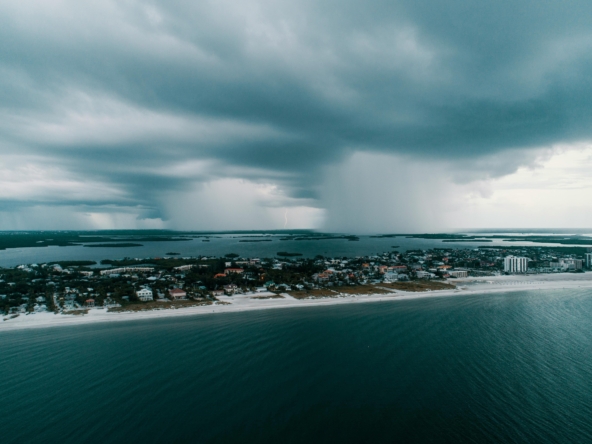ECONOMIC UPDATE FROM OUR PRESIDENT, JONATHAN CASTELEYN:
The inhumanity of Hurricanes on our infrastructure, communities, and the American family can not be overstated. With the recent tragedy of Ian hitting the West Coast of Florida, the real estate patch has been buzzing about what it means for displaced families, state budgets, and broader real estate prices.
We will leave the really important items to what looks like strong coordination between the State of Florida and Washington, D.C. That said, we found a research piece from 2 PhD’s that quantified the impact of natural disasters on real estate pricing.
Dr. Bercha’s and Dr. Prati’s findings are HERE.
Generally speaking, press articles imply the reaction in residential real estate to major storms in the form of a bubble. That is, markets surge from a housing shortage immediately following a storm and then correct in the medium term as supply gradually returns to prior levels.
Bercha’s and Prati’s work however rigorously quantifies this relationship. In their analysis of 52 storm affected zip codes; in 10,759 real estate transactions; with 6 named storms; the real relationship is more nuanced. In their study, price per square foot of the affected area drops by over -3% in the first 3 months after the event as the community now deals with impaired infrastructure. The situation then improves with an increase of +6% in the next 3 months and then again by +2% in the 90 days after that. All told, real estate prices improve by an average of +9% a year after the event as the housing stock is replaced and reconstructed with newer infrastructure.
While every situation can be different, mathematical studies historically show a dip in prices followed by a rebound when the US housing stock gets impacted by natural disasters.



